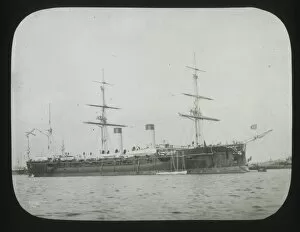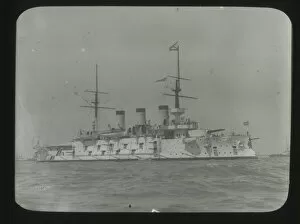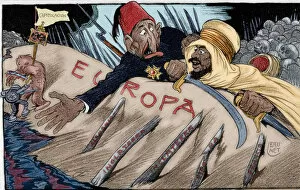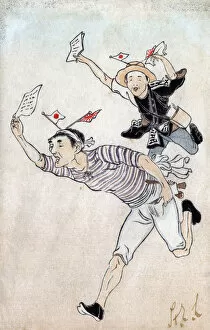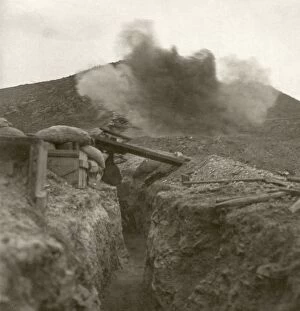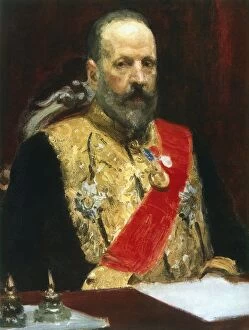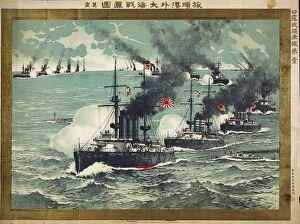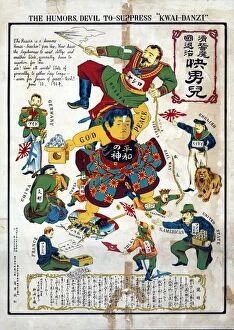Russo Japanese Collection (#3)
"The Russo-Japanese War: A Clash of Naval Admirals and Propaganda" In the midst of the Russo-Japanese War, Japanese naval admirals strategized their moves with precision
For sale as Licensed Images
Choose your image, Select your licence and Download the media
"The Russo-Japanese War: A Clash of Naval Admirals and Propaganda" In the midst of the Russo-Japanese War, Japanese naval admirals strategized their moves with precision. The Flagship Ting-Yuen stood tall as a symbol of Japanese power and determination. Inside the war-torn scenes, an interior view revealed the intensity that engulfed both sides. The Japanese fleet showcased its might against Russian adversaries during this historic conflict. Amidst the chaos, Lushun Baiyu Tower in China's Lushunkou witnessed it all. It served as a silent witness to the battles fought on land and sea. Propaganda played a significant role in shaping public opinion during this war. "The Caged Russian Bear" depicted Russia's struggle against Japan's relentless pressure, while sinking toy Russian ships illustrated Japan's dominance at sea. Within Chefoo Settlement, negotiations took place amidst tense circumstances. Diplomacy mingled with military action as both nations sought victory over one another. Mount Fuji stood tall in Japan's landscape throughout these tumultuous times, serving as a constant reminder of national pride and resilience. Japanese artist Kobayashi Kiyochika captured pivotal moments through his artwork. In one piece, two men representing Russia and Japan engaged in boxing gloves while a Japanese torpedo obliterated a Russian battleship—a symbolic representation of their fierce combat tactics. Another masterpiece by Kiyochika portrayed Port Arthur being crushed under a colossal Japanese hand—an image that foreshadowed Russia's eventual surrendering of this strategic stronghold. Even amidst warfare, humanity persisted. A Russian doctor and nurse attended to an injured man whose head resembled a battleship—a poignant reminder that compassion transcends borders even during times of conflict. The Russo-Japanese War left an indelible mark on history—forever etching tales of bravery, strategy, propaganda, and human resilience into our collective memory.







